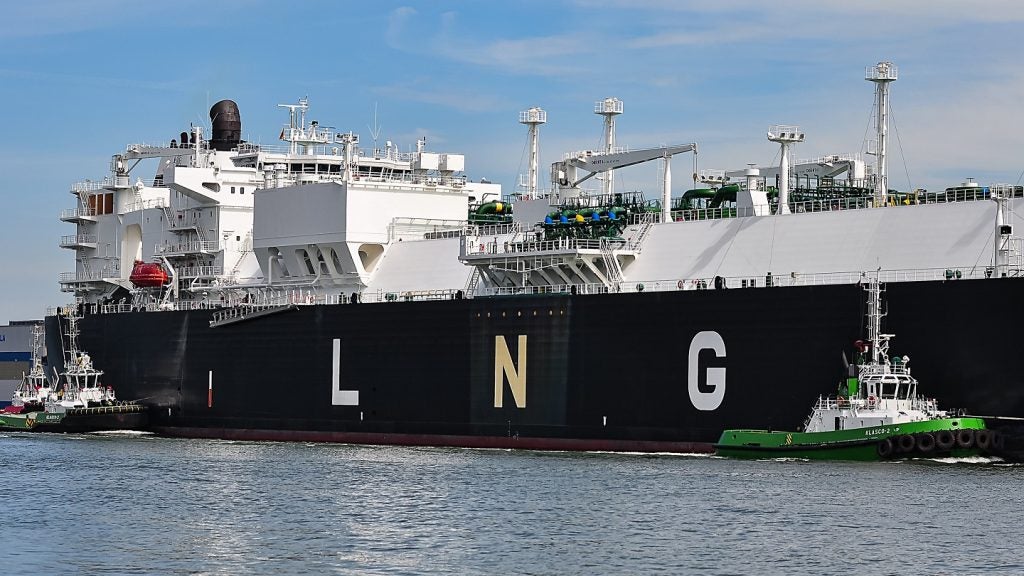Nanobubble technology for wastewater treatment: Introduction
In the complicated corporate arena of wastewater management, nanobubble technology has emerged as a revolutionary solution.
As it constantly evolves, it is equipped to offer unparalleled efficiency in water treatment processes.
With so many local and global companies actively looking to adopt this cutting-edge technology, buyers must understand the critical factors that should guide their selection process.
Our buyer’s guide content serves as an indispensable guide for businesses and professionals across a wide array of industries.
These include aquaculture, agriculture, the oil and gas industry, and industrial wastewater treatment, and any company considering the integration of nanobubble technology into their operations.
See Also:
Understanding nanobubble technology applications
Nanobubble technology is designed to harness the power of incredibly small gas bubbles.
These are typically less than 200 nanometres in diameter, and they exhibit unique physical properties due to their size.
Nanobubbles have a high surface area-to-volume ratio, which enhances gas transfer efficiency. In turn, this leads to improved oxygenation and the oxidation of pollutants in wastewater.
When selecting a nanobubble system, companies should consider the type of gas used, the bubble size distribution, the stability of the bubbles, and the system’s ability to integrate with existing treatment infrastructure.
Additionally, the specific requirements of the application, such as the volume of water to be treated and the nature of the contaminants, must be taken into account.
Key considerations: Selecting nanobubble systems
Efficiency and Effectiveness
Evaluate the system’s ability to generate nanobubbles with consistent size and distribution, as this impacts the dissolution and reaction rates crucial for treatment.
Long Term Scalability
Buyers should always ensure that any considered system can be scaled up or down.
This should be equipped to meet the fluctuating demands of wastewater treatment volumes.
Durability and Maintenance
Companies should always opt for systems that are built to last and require minimal maintenance.
This can help reduce long-term operational costs.
Energy Consumption
Taking the time to carefully assess the energy efficiency of a system is key.
This will have a direct impact on operational expenses.
Ecosystem Compatibility
Any chosen technology should seamlessly integrate with existing wastewater treatment processes and ecosystems without necessitating significant modifications.
Regulatory Compliance
Verify that the system meets all relevant environmental regulations and standards.
Industries benefiting from nanobubble technology
- Aquaculture: Enhancing water quality and fish health through improved oxygenation.
- Agriculture: Increasing crop yields with oxygen-enriched irrigation.
- Industrial Wastewater Treatment: Efficiently removing contaminants and reducing chemical usage.
Industry-leading nanobubble systems for wastewater treatment
Within this competitive industry, there are many systems and solutions from a range of providers.
Buyers should consider some of the industry leaders including, but not limited to:
- AquaB Nanobubble Innovations
- Moleaer’s Nanobubble Generators
- LG Sonic’s MPC-Buoy
- Nanobubble Technologies’ NBT System
- EcoSphere Technologies’ Ecos GrowCube
- Blue Planet Environmental’s NanoBubble System
- Acniti’s Turbo Nanobubble Injector
- Nanobubble Innovations’ Aeration System
- Hydro Innovations’ Nanobubble Pump
- BubbleTec’s DynaSwirl
- Aquatec Maxcon’s NanO2
- Water & Soil Remediation’s Nanobubble Aeration
- Nanobubble Solutions’ OxyBlast
- PureBubbles’ Nanobubble Generator
- O2 Nanotech’s Vortex Nanobubble System
- Enrichment Systems’ Nanobubble Technology
Latest technological advancements in nanobubble technology
The field of nanobubble technology is rapidly evolving.
Many of the most relevant and recent advancements have been focused on increasing the stability and longevity of nanobubbles, as well as enhancing the efficiency of gas-to-liquid transfer.
- Recent innovations include:
- Advanced membrane materials
- High-pressure dissolution techniques
- Real-time monitoring systems
Each of these is helping extend the boundaries of what is possible in wastewater treatment.
Companies should stay fully aware of these developments to ensure they are investing in the most advanced and effective solutions available.
By doing so, they can not only improve their wastewater treatment processes but also contribute to a more sustainable and environmentally friendly industry practice.
Nanobubble technology for wastewater: Our conclusion
Selecting the right nanobubble technology for wastewater treatment is a critical decision.
This choice can significantly impact a company’s operational efficiency and environmental footprint.
By considering the factors outlined in this guide, businesses can make informed choices that will benefit their operations and the wider community.
References
- AquaB Nanobubble Innovation (https://aquab.com/)
- Moleaer Inc. (https://moleaer.com)
- LG Sonic (https://www.lgsonic.com)
- Nanobubble Technologies (https://nanobubble.technology)
- EcoSphere Technologies (http://ecospheretech.com)
- Blue Planet Environmental (http://blueplanetenv.com)
- Acniti (https://www.acniti.com)
- Nanobubble Innovations (https://nanobubbleinnovations.com)
- Hydro Innovations (https://www.hydroinnovations.com.au)
- BubbleTec (https://bubbletec.eu)
- Aquatec Maxcon (http://www.aquatecmaxcon.com.au)
- Water & Soil Remediation (http://www.waterandsoil.com)
- Nanobubble Solutions (https://nanobubblesolutions.com)
- PureBubbles (https://purebubbles.tech)
- O2 Nanotech (http://o2nanotech.com)
- Enrichment Systems (https://enrichmentsystems.com)

